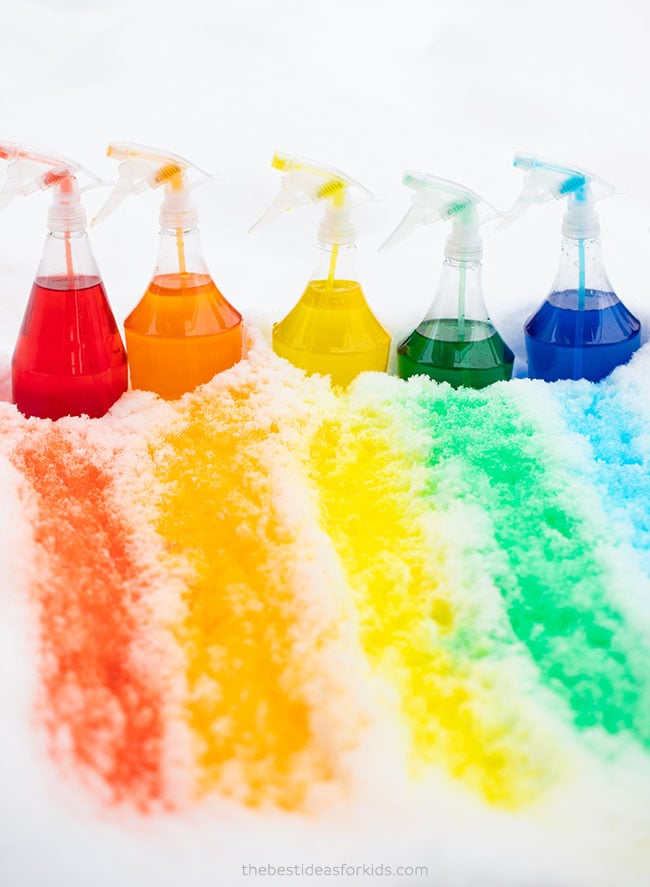

If you get into the practice of pre-mixing colour (or tonal) strings and then only use those colours, it will give you a much more compelling picture. I wanted to keep this tutorial simple and impressionistic, working within the discipline of Burnt umber and Ultramarine blue to capture the essence of the scene. So for this study, we’ll begin with a warm and cool palette from the blue and orange family, alongside pre-mixed grey neutrals. I’ll be using a very limited palette to produce beautiful pastel colours and mixing colour strings for subtle shifts in tone for the painting. So we have a compressed value range in the least saturated season. It can be misleading to our perceptions because when you think of snow, you usually think of white and apart from the very darkest areas on the left of the image, the majority of the tones are within 2 -3 value steps.

In our reference image above, you can see how close in value the sky is to the value of the snow. Tones of black and white appear on a ‘tonal value scale’ that goes from light to dark This creates what can be called a ‘tonal map’, ‘value map’ or ‘tonal range’ but the main thing to remember is how wide or compressed that range is, as it will influence how light or how dark you can go with your pigments. The easiest way to see this when you’re first starting is to turn your image into black and white. When I’m painting landscapes, I’m essentially looking for ranges of light and dark and assessing the values in the scene by eye. Bright and hard light – saturated colours, wider tonal range, more contrast usually Summer which has a wide tonal range with high saturation.

Dull and soft light – muted colours, narrow or compressed tonal range, less contrast.The softer the light source, the softer the edges, these are all key elements that make a Winter scene appear magical. In our Winter scene above, the main light coming from the sky is diffused behind thick clouds with a low-level glow of the sun peaking through, giving us a compressed tonal range, muted colours and shadows on the ground or in the snow that are soft, with diffused blended edges. The final results are really, really beautiful.Photo Credit: “Winter Morning” by Liz West Licensed under CC BY 2.0. For an extra touch of accuracy, Acrylicos Vallejo Environment products are used. Once well dry, all those elements will be strongly bound in place.ħ. While Snow is fresh, we can add synthetic turfs, dry leaves, small rocks. Small details can be added with the help of a fine brush.Ħ. The flow is impressive and we can easily reach all areas.ĥ. The final touches are achieved with the help of a medium size flat brush. Vallejo #26.820 Snow is easily applied, directly from the jar, with the help of a spatula.Ĥ. The road is already made with Diorama Effects products and the rest of the base is waiting for the Snow Texture treatment.ģ.

A piece of foam, previously carved with a knife is used to represent the ground relief, is a great base to apply our products and like they are water based, they will not affect the foam.Ģ. The product dries in 24 hours, and further coats can be applied for more volume.ġ. Snow is one of the textures most appreciated by the modeler for winter scenarios, it reproduces the glittery look of this element, and is an ideal medium to work with, easily coating all surfaces, evenly or in heaped mounds.


 0 kommentar(er)
0 kommentar(er)
